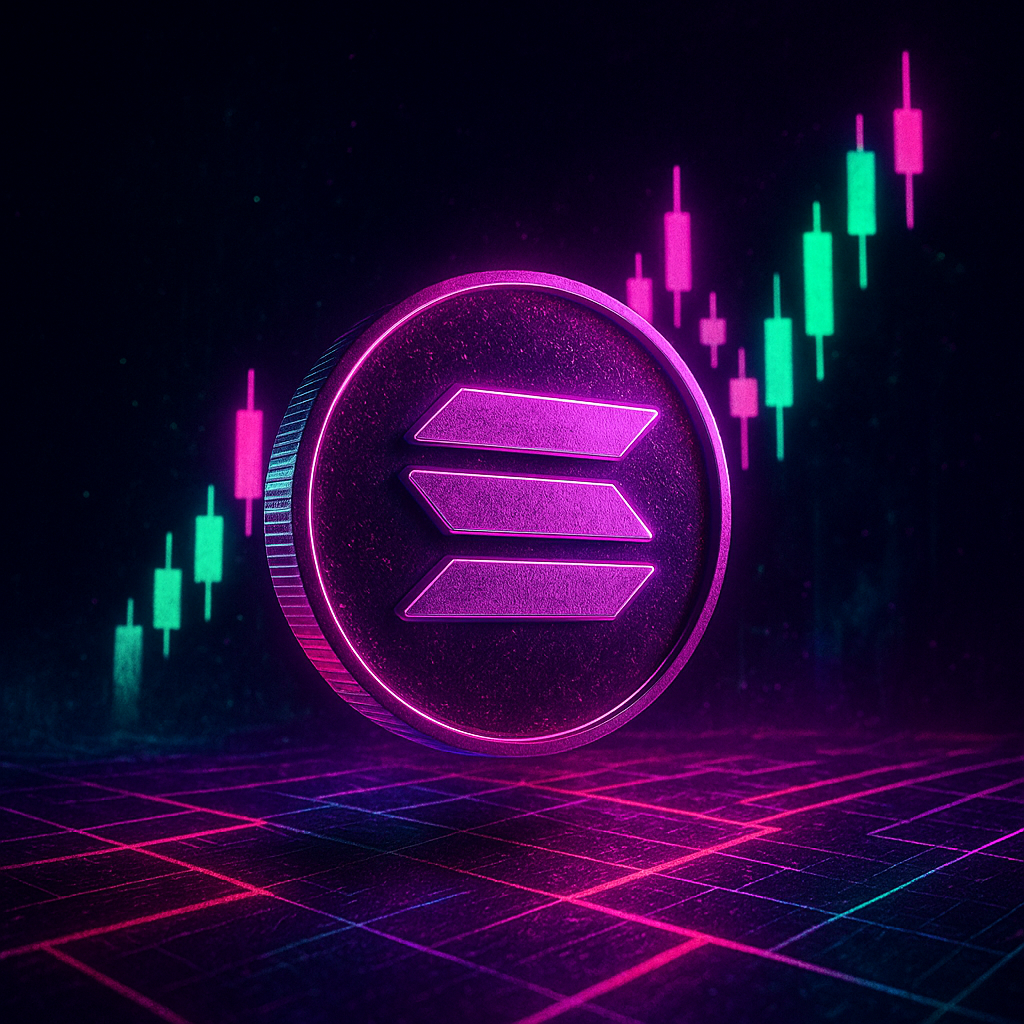Blockchain Architecture For Beginners
A blockchain is a distributed ledger of public transactions. Public blockchains like Cardano use consensus mechanisms where many independent nodes validate transactions, making the blockchain decentralized. Blockchains use cryptography and consensus mechanisms to maintain the security of the blockchain and validate honest transactions. Blockchains offer benefits such as transparency, security, and lower data management costs. However, many public blockchains suffer from scalability and anonymity issues.

Understanding blockchain architecture
What is a blockchain? In a blockchain, the blocks essentially represent a summary of transactions that are added periodically to a chain linked with all other blocks of transactions. With each block, the chain grows longer. For decentralized blockchains, a block of transactions being added to the chain is immutable, which means the transaction cannot be changed or reversed. Let’s look at an illustration of the Cardano public blockchain, which adds a new block of transactions every 20 seconds.
How many blocks can be added? As many as the nodes’ memory storage allows. You can see the details of transactions on a Cardano explorer. Each year, Cardano’s blockchain will add close to 1.6 million blocks of transactions.
Understanding blockchains and cryptocurrency
Blockchains are important to cryptocurrencies because they allow a secure, decentralized way for transactions to happen. In decentralized cryptocurrency protocols like Cardano and Bitcoin, a consensus mechanism is used to reject false transactions and validate honest transactions. Below are the steps to submit and finalize a transaction.
- A user submits a new transaction to the network.
- The transaction is submitted on-chain with a unique identifier.
- The transaction is broadcasted or propagated to the network of nodes.
- The nodes validate the transaction. False transactions are rejected.
- The transaction is added to a new block. The new block is then added to the existing blockchain.
- The transaction is executed and completed between the parties.
Why would nodes spend computing resources to store the full blockchain and validate transactions? For decentralized blockchains, nodes are compensated for adding new blocks to the blockchain.
Benefits of blockchain architecture
- Transparency and Validation - Any transaction can be verified by anyone at any time. Transactions can also be tracked, providing an audit trail if needed.
- Cost Reduction - Some companies typically spend millions of dollars to maintain centrally held databases, which include the cost of cybersecurity to protect data. With a public blockchain, the company can save money on this expense as the blockchain is secured by the network of nodes.
- Security - Due to cryptography and consensus mechanisms, public blockchains are almost impossible to tamper with or corrupt.
- Immutability - For public decentralized blockchains, transactions cannot be changed once added to the blockchain.
- Decentralization - There is no dependency on a single node to validate and execute transactions. Some blockchains have thousands of nodes, meaning the blockchain can keep operating even if some nodes go offline.
Drawbacks of blockchain technology
- Scalability - In public blockchains, sometimes there are thousands of nodes that confirm a transaction before it is considered immutable. Propagating a transaction to all these nodes takes time, slowing the execution of a transaction. Typically, the more decentralized and secure a blockchain is, the slower the overall speed and scalability of the network. For example, it’s estimated that bitcoin’s base layer protocol can only process 7 transactions per second (TPS). On the other hand, Visa claims it handles 1,700 TPS and has the capacity to do 24,000 TPS. While bitcoin has been secure and decentralized, its processing speed of 7 TPS makes it impractical for millions of daily transactions.
- Pseudonymity - Bitcoin and other cryptocurrencies were originally thought of as being anonymous. However, every transaction can be tracked through the public blockchain. An address can be matched with an identity by using a centralized exchange such as Coinbase, which abides by Know Your Customer (KYC) standards.
Note: Know your customer, or KYC, are global standards that require financial service companies to identify and verify their client’s identity when opening an account. This process involves giving personal information to the financial service company such as your driver’s license number, passport number, tax identification number, or address. The KYC guidelines are used to comply with anti-money laundering regulations.
Summary
A blockchain is a distributed ledger of public transactions. Public blockchains like Cardano use consensus mechanisms where many independent nodes validate transactions, making the blockchain decentralized. Blockchains use cryptography and consensus mechanisms to maintain the security of the blockchain and validate honest transactions. Blockchains offer benefits such as transparency, security, and lower data management costs. However, many public blockchains suffer from scalability and anonymity issues.
Delegate Your Voting Power to FEED DRep in Cardano Governance.
DRep ID: drep12ukt4ctzmtf6l5rj76cddgf3dvuy0lfz7uky08jfvgr9ugaapz4 | We are driven to register as a DRep by our deep dedication to the Cardano ecosystem and our aspiration to take an active role in its development, ensuring that its progress stays true to the principles of decentralization, security, and community empowerment.DELEGATE VOTING POWER!








